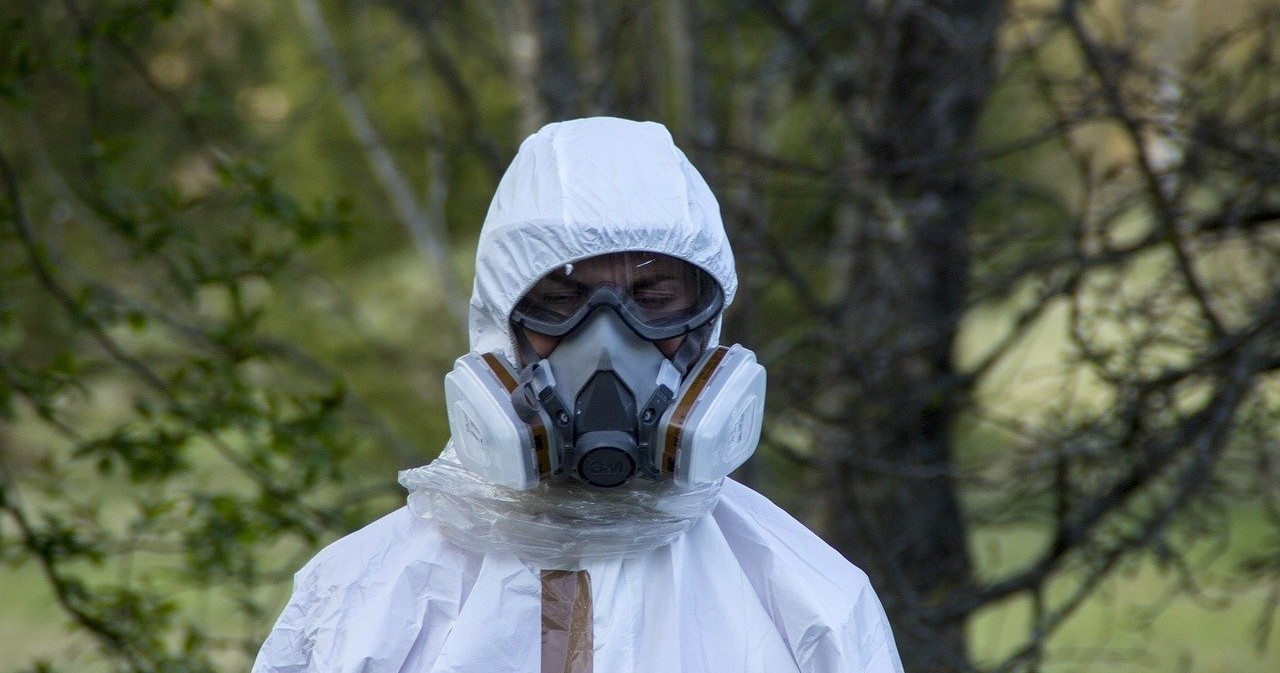
Respiratory Protective Equipment is a particular type of personal protective equipment (PPE) designed to protect the wearer from breathing in harmful substances or from oxygen-deficient atmospheres when other controls are either not possible or insufficient on their own. For example, when carrying out work activities that may result in harmful substances contaminating the air in the form of dust, mist, vapour, gas or fumes.
Such as:
Workers may also need to work in areas where oxygen levels are or may become low, for example in confined spaces, such as a trench, silo or tank. Respirators must not be used in oxygen-deficient atmospheres. You will require suitable breathing apparatus and should always seek professional advice.
There are many different types of respiratory protective equipment designed to protect the wearer from a variety of hazards, suitable for a variety of work situations and matching the specific requirements of the wearer.
Respiratory protective equipment must be both adequate and suitable. Adequate so it is right for the hazard and reduces exposure to the level required to protect the wearer’s health, and suitable, so that it is right for the wearer, task and environment, such that the wearer can work freely and without additional risks due to the equipment.
For respiratory protective equipment to be effective, you should integrate its use into normal workplace activities. You should also ensure that RPE is used according to the manufacturer’s instructions, as poor working practices or improper use can significantly reduce its effectiveness.
Under the law, RPE is the last line of protection. Remember, respiratory protection can protect only the wearer and if it is used incorrectly, or is poorly maintained, it is unlikely to provide the required protection. Note also that RPE can be uncomfortable to wear and may interfere with work, which can lead to incorrect use.
It is important to know that some pre-existing medical conditions (examples include breathing disorders such as asthma, skin allergies, or even heart problems) may restrict or prevent some workers wearing any RPE, or certain types of RPE. You will need to ensure that workers are fit to wear the selected and required respiratory protective equipment. If unsure, the employer should arrange for an appropriate medical assessment.
For full advice and guidance on respiratory protection at work visit the HSE here.
Back to blog